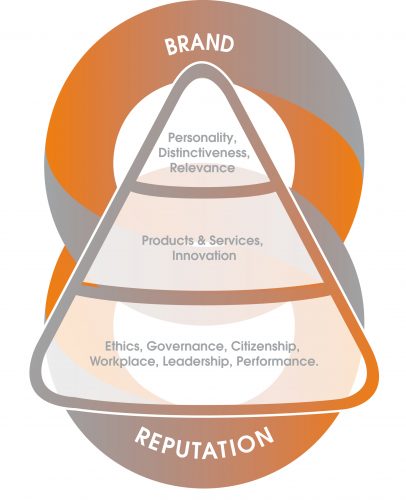
There’s no such thing as ‘quick insight’
The speed with which marketers and communication executives are currently expected to craft compelling campaigns and messages means they are often looking for ‘quick insight’ as a ‘hook’. We see it frequently with our clients and agency partners: conversations that start with “do you have a quick insight on….”. Little wonder that our hearts sink. The problem is that ‘quick insight’ is something of an oxymoron – we believe there’s no such thing. And what people often mistake for a quick insight is usually no more than a simple observation – i.e. nothing new, and something anyone else can observe, so therefore, not original. This can lead to campaigns that are ignored, misunderstood or at worst, have the opposite to the desired outcome.
A good topical example is the government’s messaging around mask wearing. Let’s put aside the rather strange decision to announce compulsory mask wearing on public transport a full week before it came into effect and well after the presumed peak of the virus, but focus instead on the ‘insight’ that led to the decision to make mask wearing compulsory in the first place.
A single data source found that a three-layer mask could prevent the majority of the virus passing through and infecting the wearer. The government cited evidence that wearing a mask could therefore help prevent infected droplets passing from an infected person to another. The issue with this ‘insight’ is it’s based on a single source of data so for us doesn’t pass the first test of qualifying as an insight.
Other evidence shows that whilst a mask can stop much of the virus contained in a droplet reaching the face of the wearer, this should be considered alongside other data and evidence and take account of ‘the human factor’. The single most important behaviour in preventing the spread is frequent hand-washing and resisting the urge to touch our faces. The issue with mask wearing is that people are far more likely to be touching their faces – a finger underneath to scratch an itch, pulling it down to have a chat or gasp for air, reusing old masks etc. Not to mention the false sense of security given to people when wearing a mask so they wash/sanitise their hands less frequently.
Taking a bit more time and considering more than one angle – and not grasping for a “quick insight” – may well have resulted in a different outcome. With more evidence in front of us, our own advice would probably have been NOT to announce compulsory mask wearing but instead to keep the consistent and clear message of frequent handwashing, no face touching and social distancing – as these have a proven effect on the spread of Coronavirus. In reality, we’re grateful not to have to make such a difficult call, but the point remains. Insight takes thoughtfulness and as much relevant evidence and data as you can get your hands on.
So, what, you might ask, is an insight? For us, here at Tovera, an insight is a deep and relevant understanding of an audience, a brand or an issue and is usually a previously unrecognised, new, different, fresh perceptive. Insight is usually derived from professional primary research, expert analysis of secondary research and an application of appropriate frameworks and models.
So, nothing quick about it!

